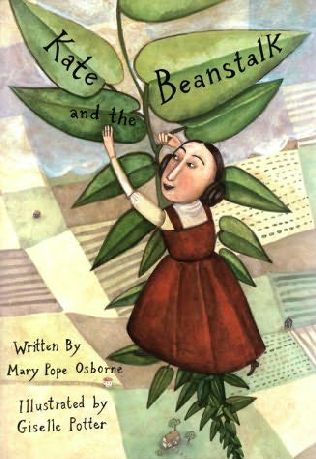
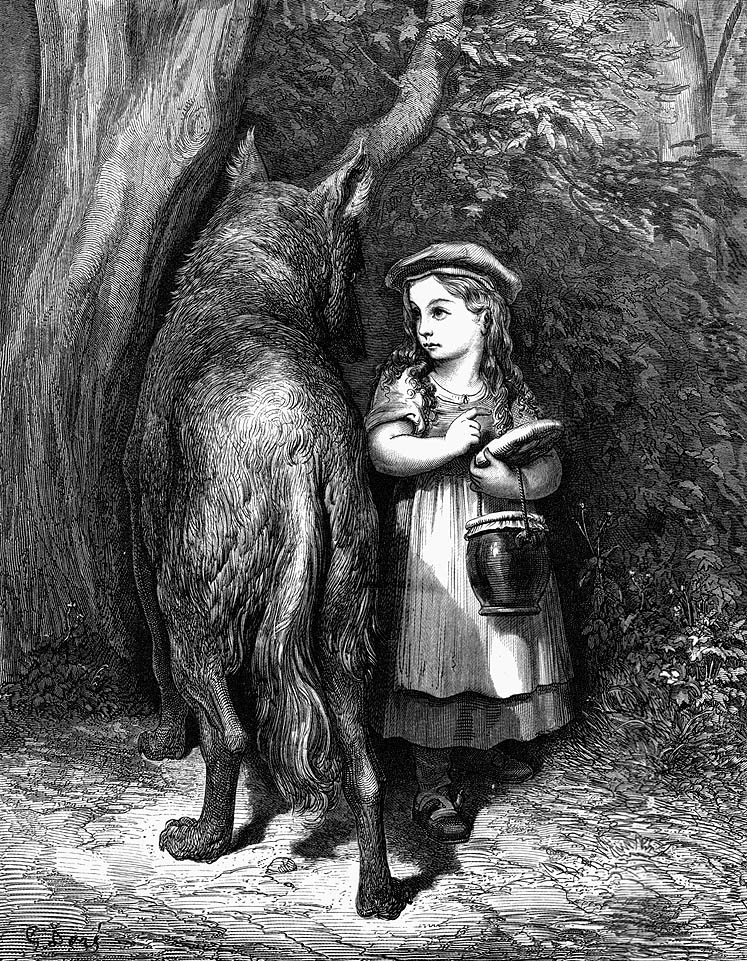

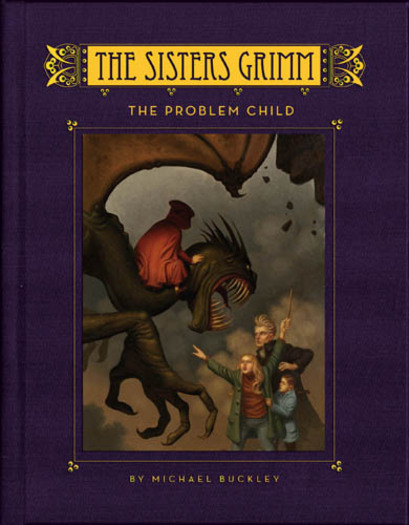
Overview
OVERVIEW
The Fairy Tale Unit encompasses fairy tales all over the world, and aims to expose students to the diversity of existent literature by reading a variety of fairy tales from all over the world. The unit combines state standards advocating a diversity of literature, and literacy skills such as writing in coherent paragraphs, perspective taking in literature, and comparing, contrasting, and analyzing elements of a particular genre of literature. Combining role plays, literacy skills, fractured fairy tales, listening activities, and multicultural literature, among other elements, the unit will enrich students’ understanding of literature.
Day 1 - Fairy Tale Introduction
Day 2- Fairy Tale Introduction: Partner reading of a fairy tale and Identifying Elements
Day 3- Comparing and Contrasting: Mufaro’s Beautiful Daughters and Cinderella (Using Venn Diagram)
Day 3- Comparing and Contrasting: Writing a Hamburger Paragraph to Compare and Contrast
Day 4- Comparing and Contrasting: Using Venn Diagram to complete Own Hamburger paragraphs
Day 5- Fairy Tale “Test”- Identifying Elements of Fairy Tales
Day 6- Role Playing a Fairy Tale
Day 7- Write Your Own Fairy Tale (traditional or fractured)
Day 8- Write Your Own Fairy Tale: Group Work
Day 9- Write Your Own Fairy Tale: Writer’s Workshop
Day 10- Point of View in Fairy Tales – The True Story of the Three Little Pigs
Day 11- Introduce Fairy Tale Finale Project
Day 12-15- Begin, Revise, Writer’s Workshop, Create trioramas for Fairy Tale Finale Project
Day 16- Present Trioramas with class; Paired sharings
Lesson Plans
Please click on Lesson Plans to View a Detailed Lesson Plan
Day 1- Fairy Tale Introduction
Day 2- Fairy Tale Introduction: Partner reading of a fairy tale and Identifying Elements
Day 3- Comparing and Contrasting: Mufaro’s Beautiful Daughters and Cinderella (Using Venn Diagram)
Day 3- Comparing and Contrasting: Writing a Hamburger Paragraph to Compare and Contrast
-Accomodation: Venn Diagram Handout
Day 4- Comparing and Contrasting: Using Venn Diagram to complete Own Hamburger paragraphs
Day 5- Fairy Tale “Test”- Identifying Elements of Fairy Tales
Day 6- Role Playing a Fairy Tale
Day 7- Write Your Own Fairy Tale (traditional or fractured)
Day 8- Write Your Own Fairy Tale: Group Work
Day 9- Write Your Own Fairy Tale: Writer’s Workshop
Day 10- Point of View in Fairy Tales – The True Story of the Three Little Pigs
Day 11- Introduce Fairy Tale Finale Project (Handout - includes character analysis, venn diagram, triorama pre-drawing and paragraph pre-writing)
Day 12-15- Begin, Revise, Writer’s Workshop, Create trioramas for Fairy Tale Finale Project
Day 16- Present Trioramas with class; Paired sharings
Assessments
One quiz and a rubric for the Fairy Tale Finale Project were the formal types of assessment used. There were many informal assessments such as completion of venn diagram, character analysis charts, role playing books, identifying elements of a fairy tale with a partner and then sharing with the class.
Triorama Rubric - Compare and Contrast
Triorama Rubric- Point of View
Student Work
Day 3 - Writing a Hamburger Paragraph to Compare Cinderella and Mufaro's Beautiful Daughters
Day 10 - Point of View in Fairy Tales. Looking at Point of View in The True Story of the Three Little Pigs
Fairy Tale Finale Project - Compare and Contrast (Compare or Contrast an Element of 2 Fairy Tales)
A student read Jean and Jeannette, a fairy tale from Sri Lanka, and Hansel and Gretel, by Brothers Grimm, and compared the two fairy tales.
Fairy Tale Finale Project - Point of View (Analyzing 2 Characters' Point of Views in a Fairy Tale)
A student read Cendrillon by Robert D. San Souci and illustrated by Brian Pinkney, and compared 2 characters' point of view.
Triorama Project Close-Up. The student who read Cendrillon (work above) create the following triorama.




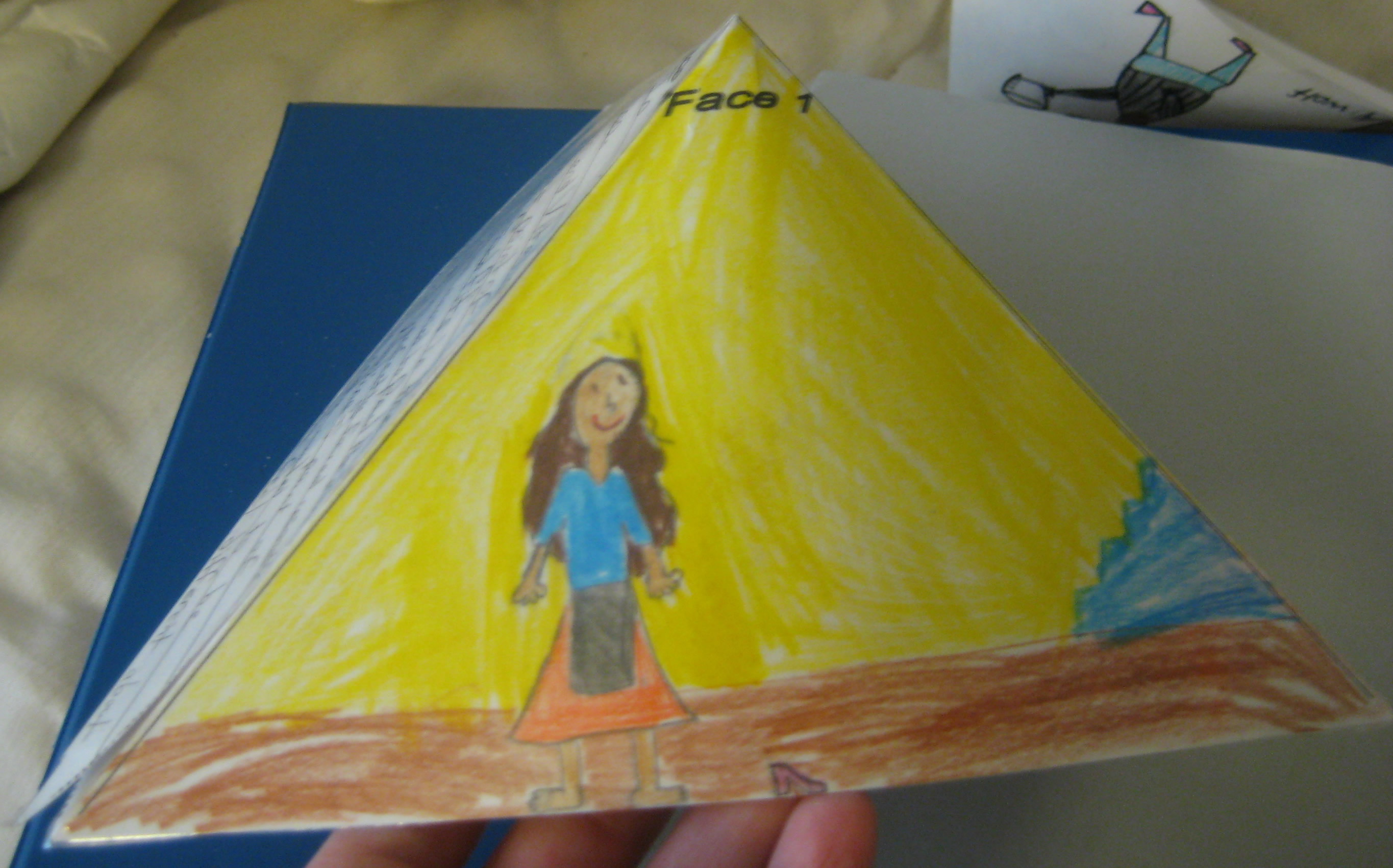
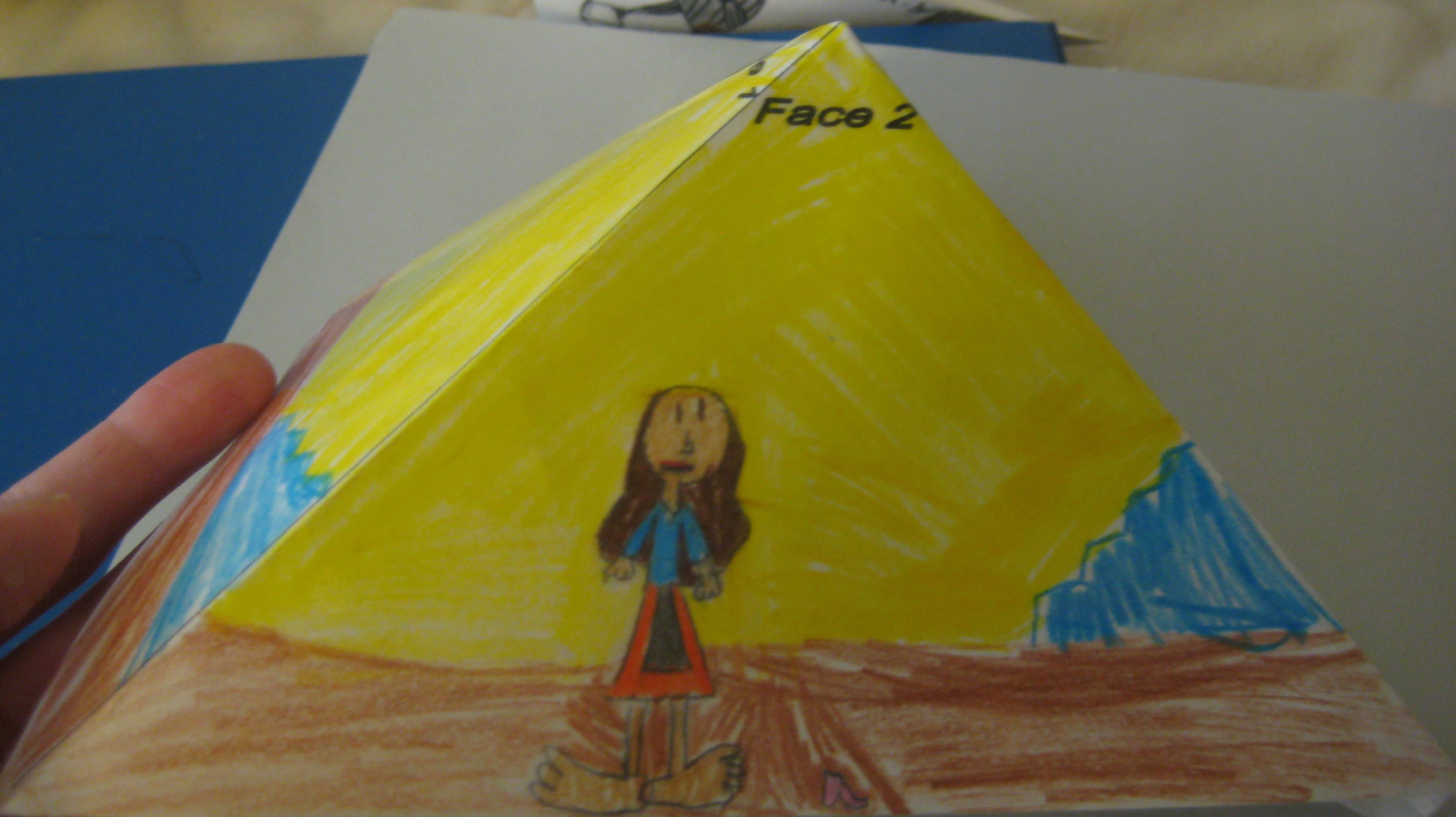
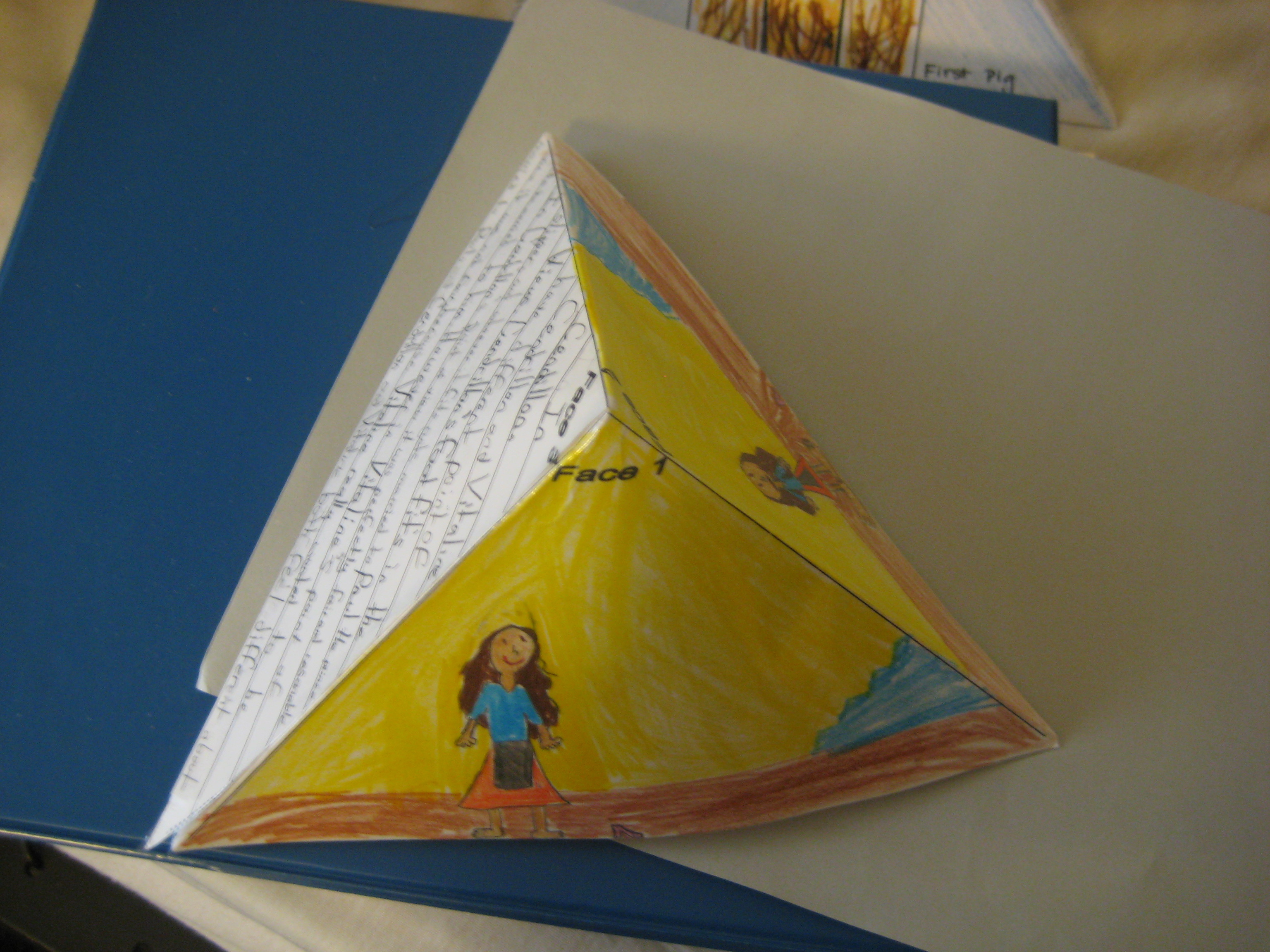

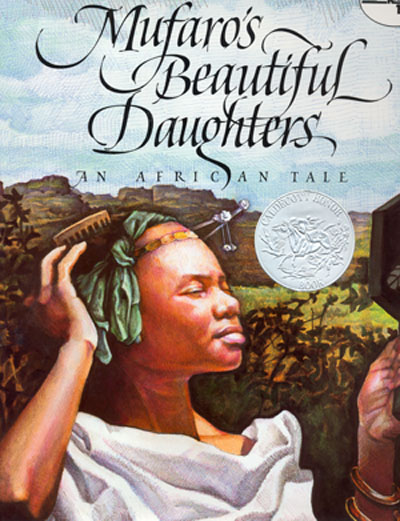
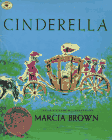
Elisha Ann's Student Teaching Portfolio Fairy Tale Unit
|
|
|